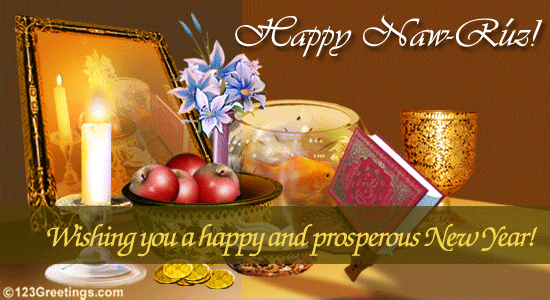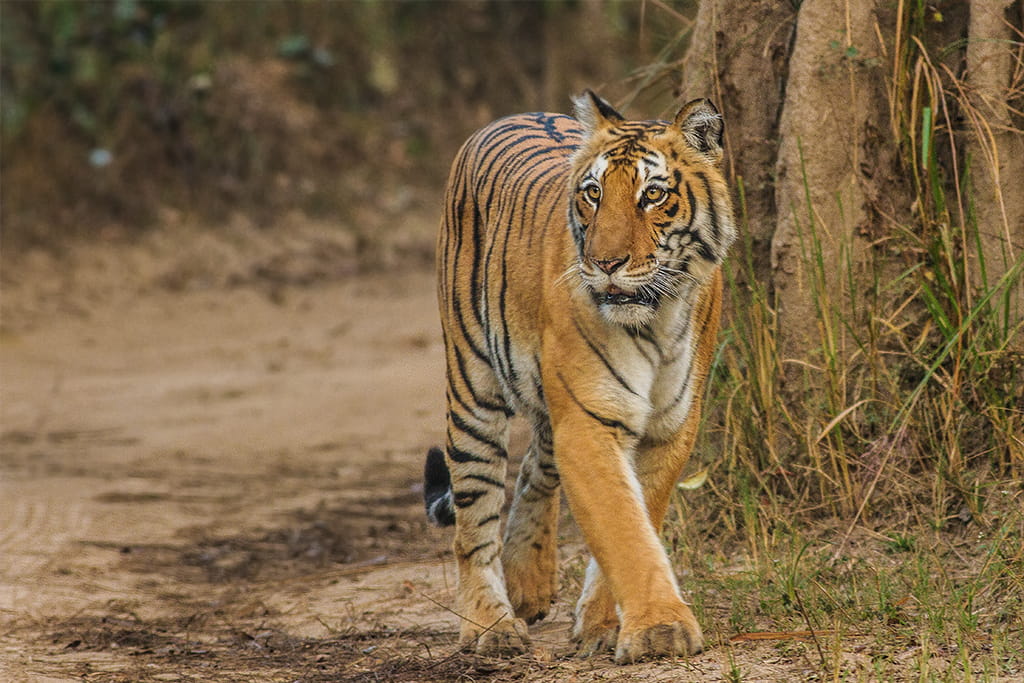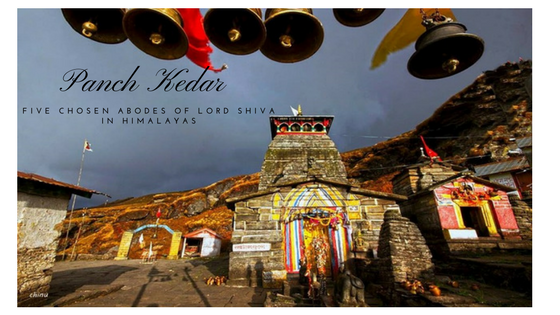Festivals and holy days play a significant role in every community. The total number of sacred days adds up to 138, comprising feasts, fasts and prayers. An interesting feature of these holy days is that there are a ‘new years’ all the year around! Although 1st January has become the de facto global New Year date, yet many religious communities and faith-based traditions follow other calendar systems and celebrate New Year during different months.
The new year of the Baha’i Faith coincides with the vernal or spring equinox and is preceded by 19 days of fasting-abstaining from food and drink from sunrise to sunset each day. This fast, the Baha’i teachings say, purifies the body and the spirit.
This year, Navroz will be celebrated on March 21. The occasion will also bring down curtains on the year-long bicentenary celebrations of the birth of Baha’u’llah (1817-1892) which was commemorated around the world by his followers and their friends. The biggest gathering was at New Delhi’s Lotus Temple. Baha’u’llah calls out to humanity for good deeds, kind words, and upright conduct; service to others and collaborative action for constructing a world civilisation; and urges every member of the human race to walk the mystical path.
Navroz has its origins as a Zoroastrian observance in ancient Iran and to this day, it is celebrated as a cultural festival by Iranians of all religious backgrounds. In addition of being celebrated by Iranians and members of the Iranian diaspora, the observance of Navroz also spread to many other parts of the world; it is being celebrated as cultural holiday in India, Afghanistan, Tajikistan, Iraqi Kurdistan, Azerbaijan, Turkmenistan, Uzbekistan and Kyrgyzstan. Navroz is typified with common forms of celebrations, but at its most basic, the holiday is seen as a period to firm up ties with family, friends and loved ones. Therefore, cards are sent to associates and friends and families sit in groups to have communal meals.
At the Baha’i World Centre in Haifa, Israel and in many other countries around the world, besides the community celebrations, special receptions are hosted for governmental, societal and community leaders that open a space for people of diverse backgrounds to celebrate our common heritage as a human family.
You may also like to read Nowruz- An Ancient Persian-Iranian Celebration
Navroz celebrations are held in a number of countries of Central Asia, particularly in Iran, where it is national festival. Traditionally, the celebrations last for 13 days- to mark the advent of spring and renewal of seasonal time. “Religion or dharma should unite all hearts and cause wars and disputes to vanish from the face of the earth; it should give birth to spirituality, and bring light and life to every soul’, Baha’i writings affirm. For the Baha’i is, Navroz is not just a calendar event, rather it is an opportunity to reinvigorate the powers of the spirit and re-examine matters of the heart and conscience. It begins with the idea that renewal in the world of nature is in fact a symbol of spiritual renewal and occasion for the individual to explore how to contribute to the material and spiritual welfare of others. To this end, the first of the Baha’i new year is yet one more occasion for sacred contemplation on our plight and to take resolute action for the betterment of our world.
A K Merchant is a national trustee, Lotus temple. The article on the significance of Navroz for the Baha’i community has been published in Speaking Tree
















